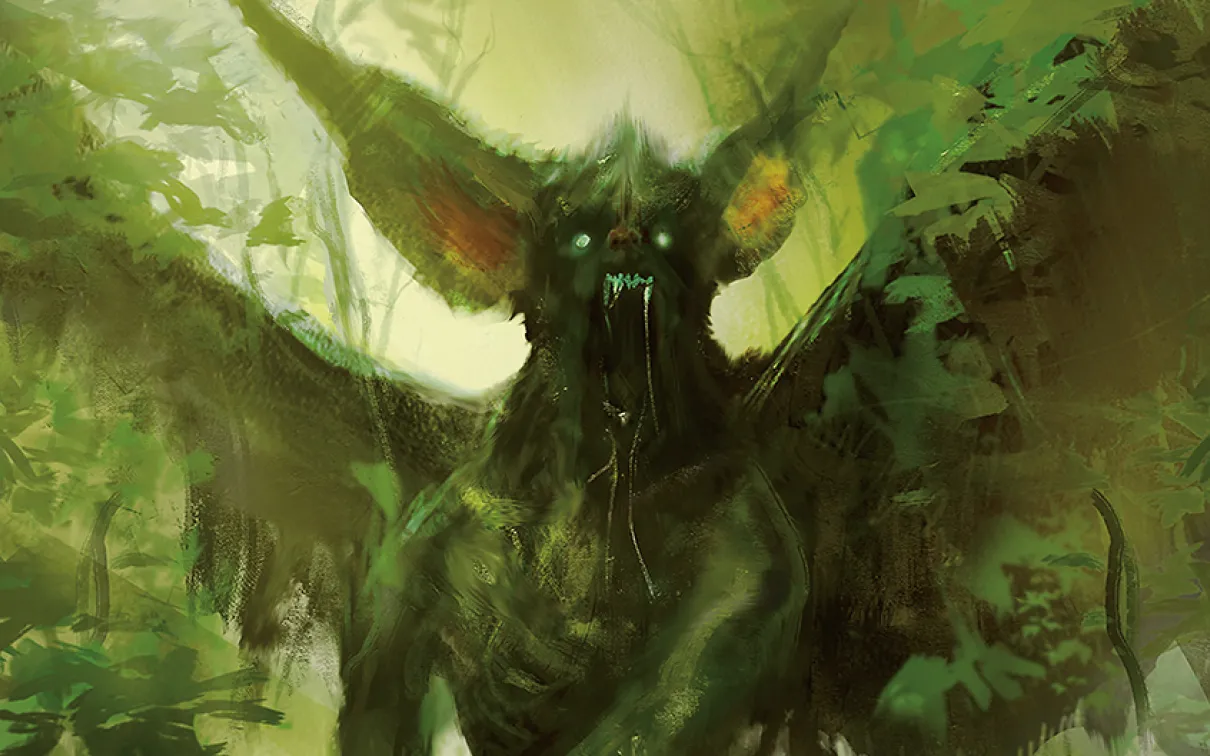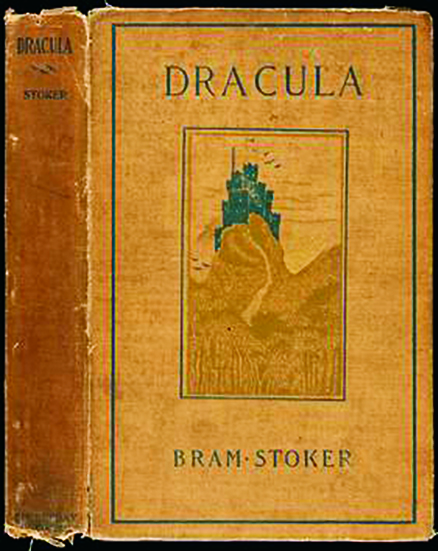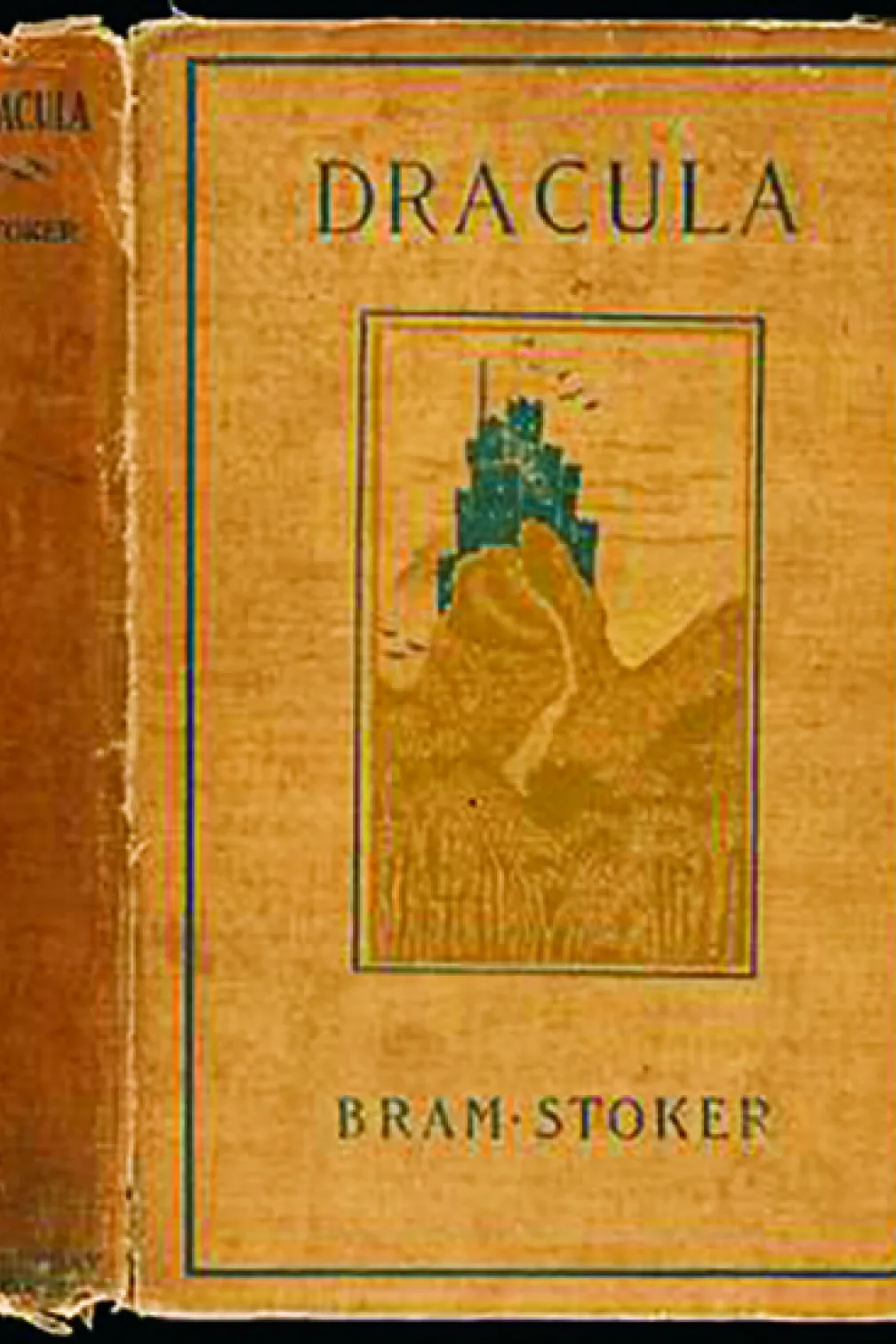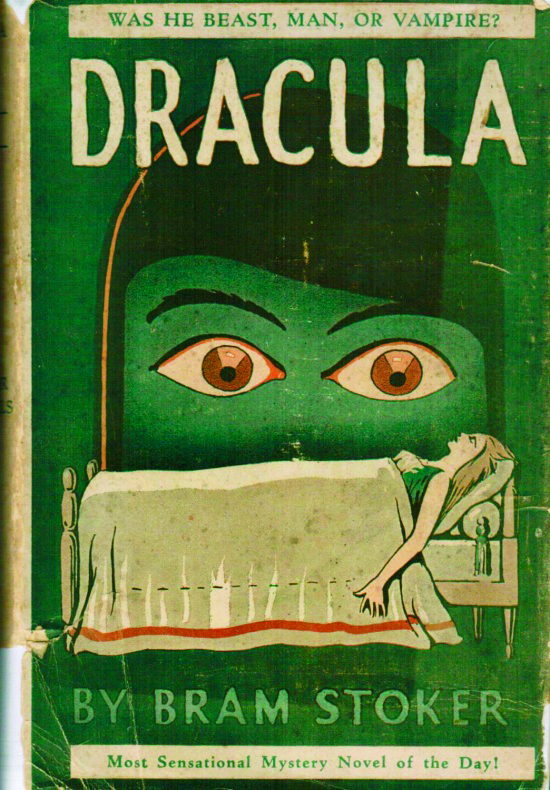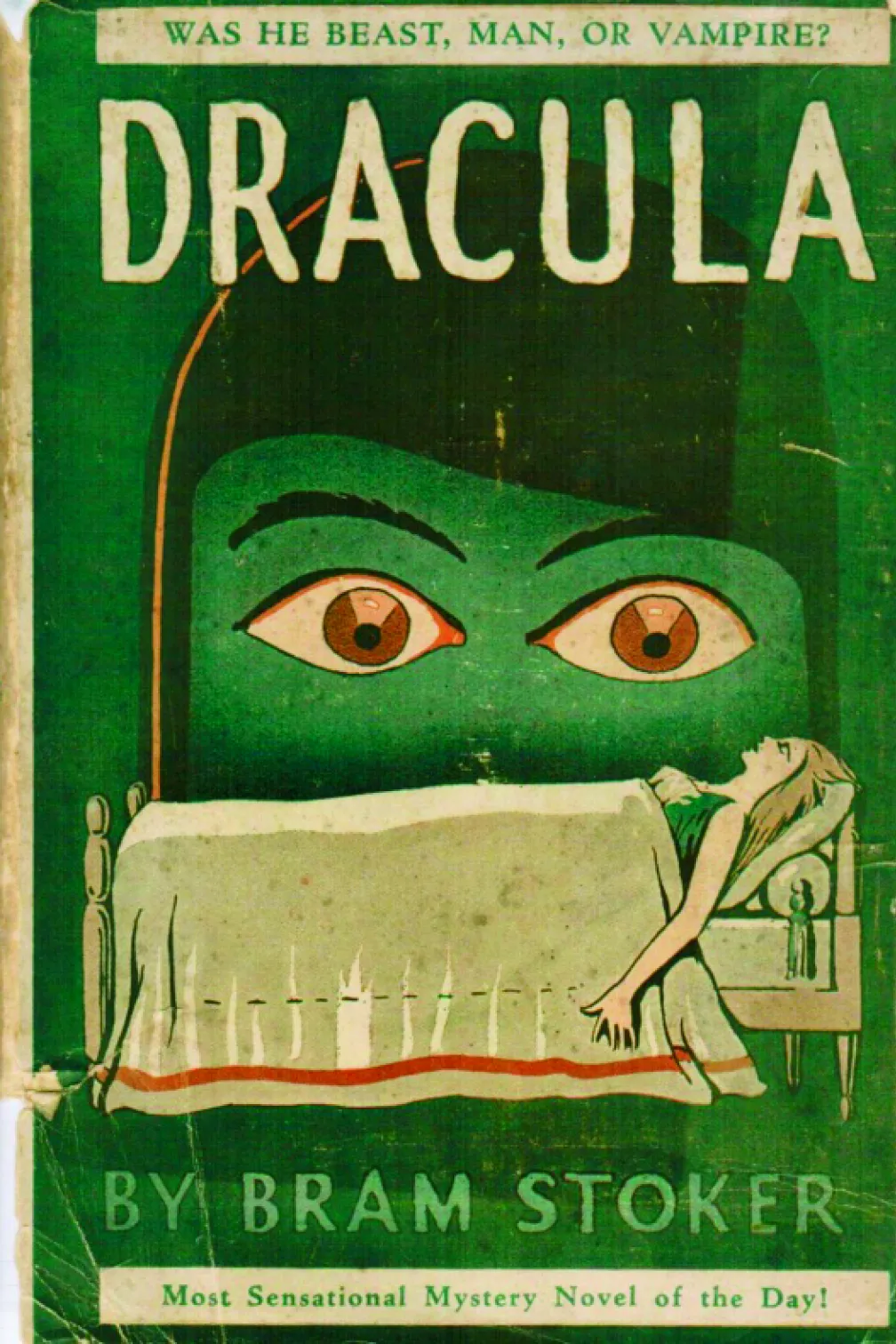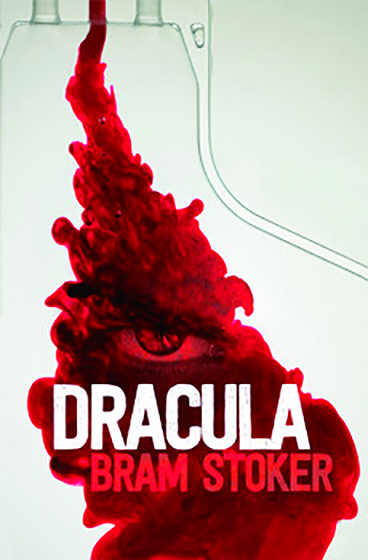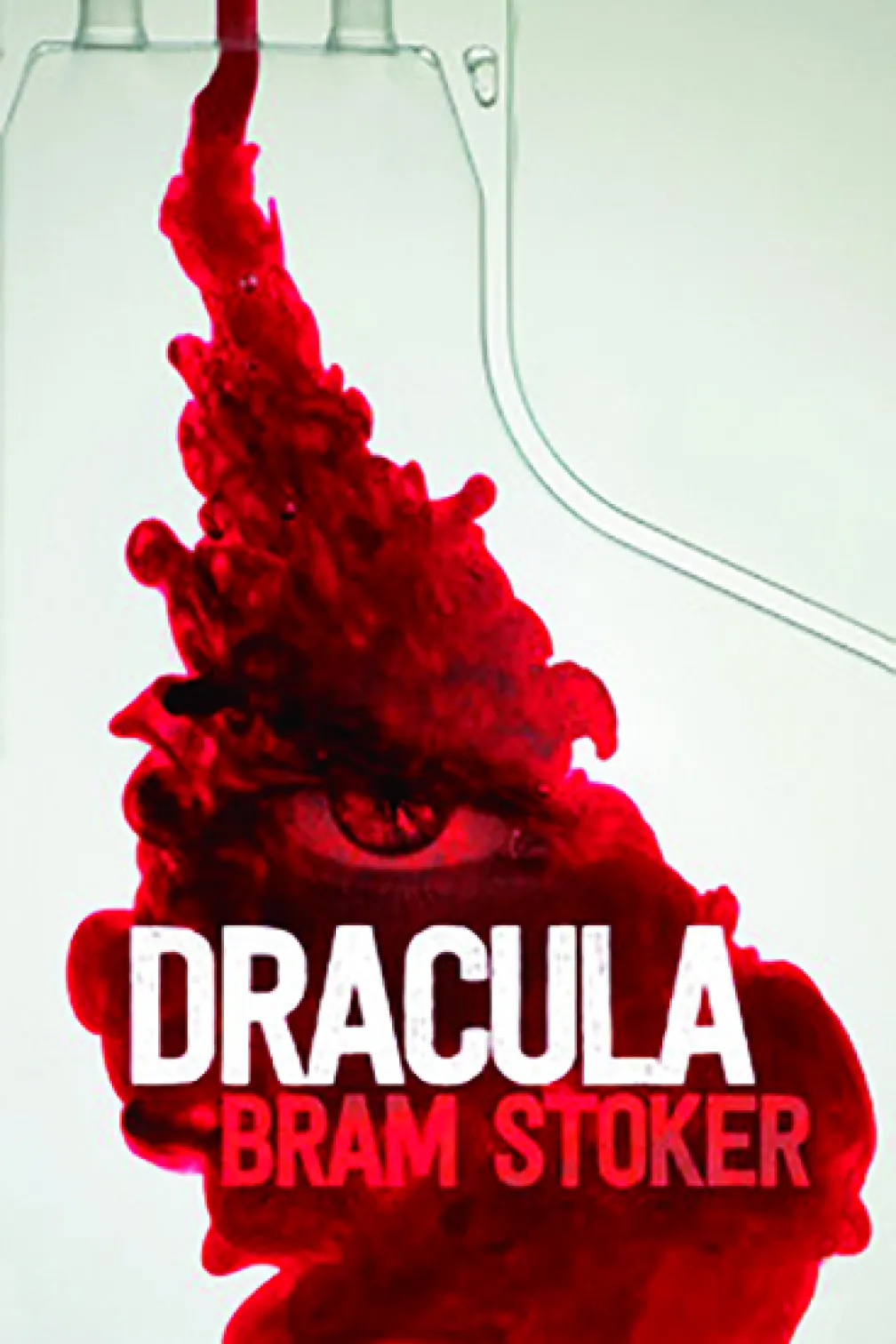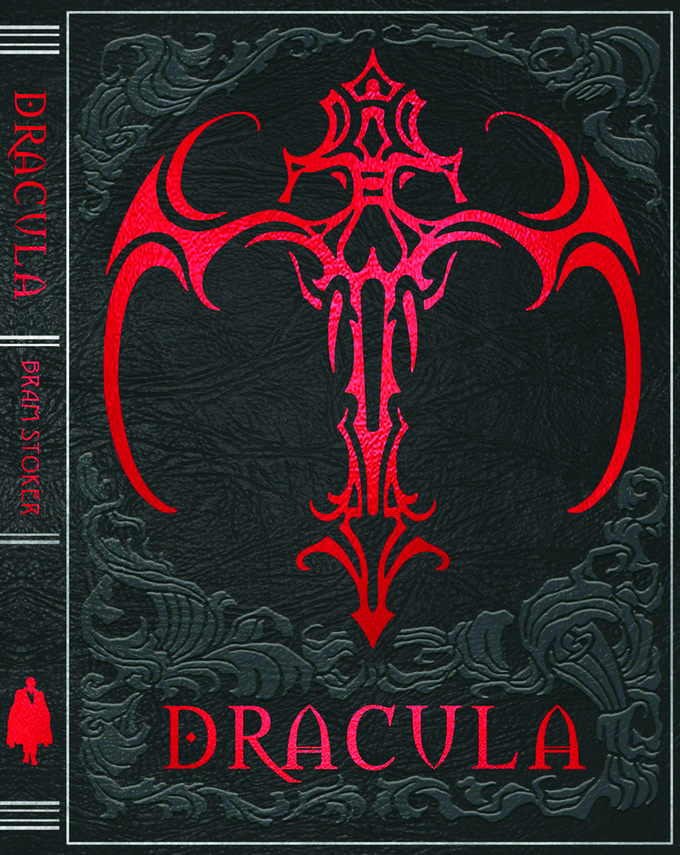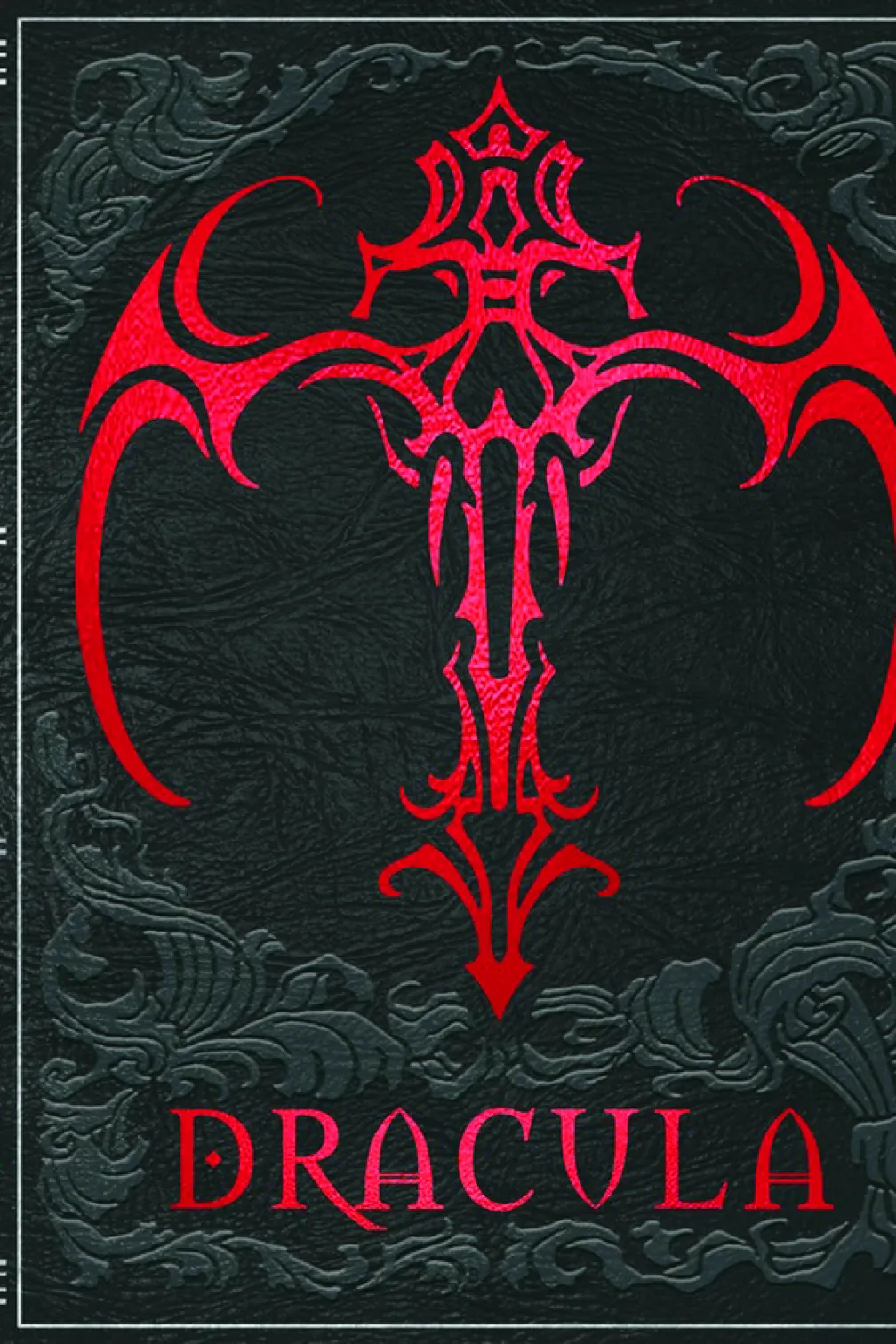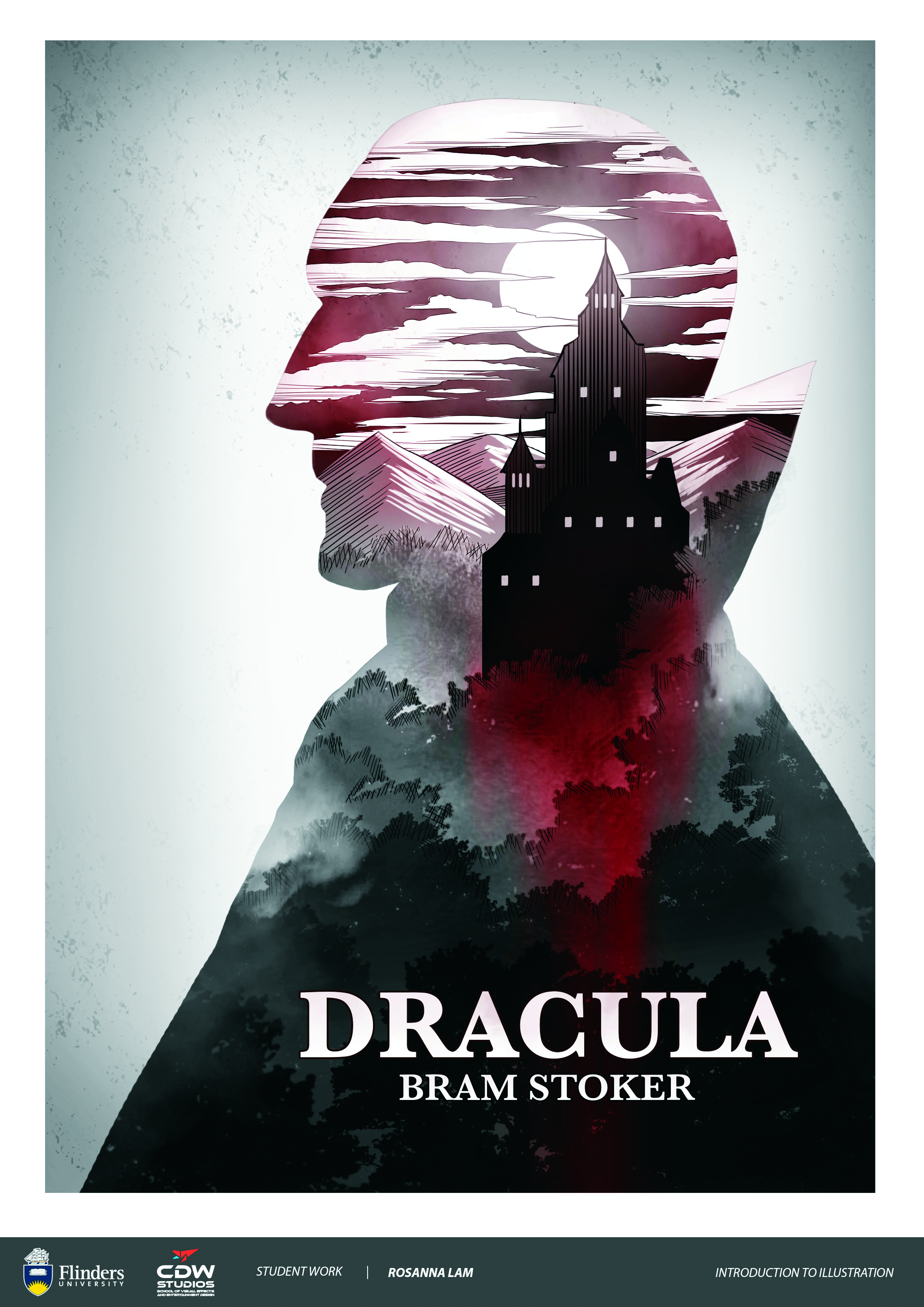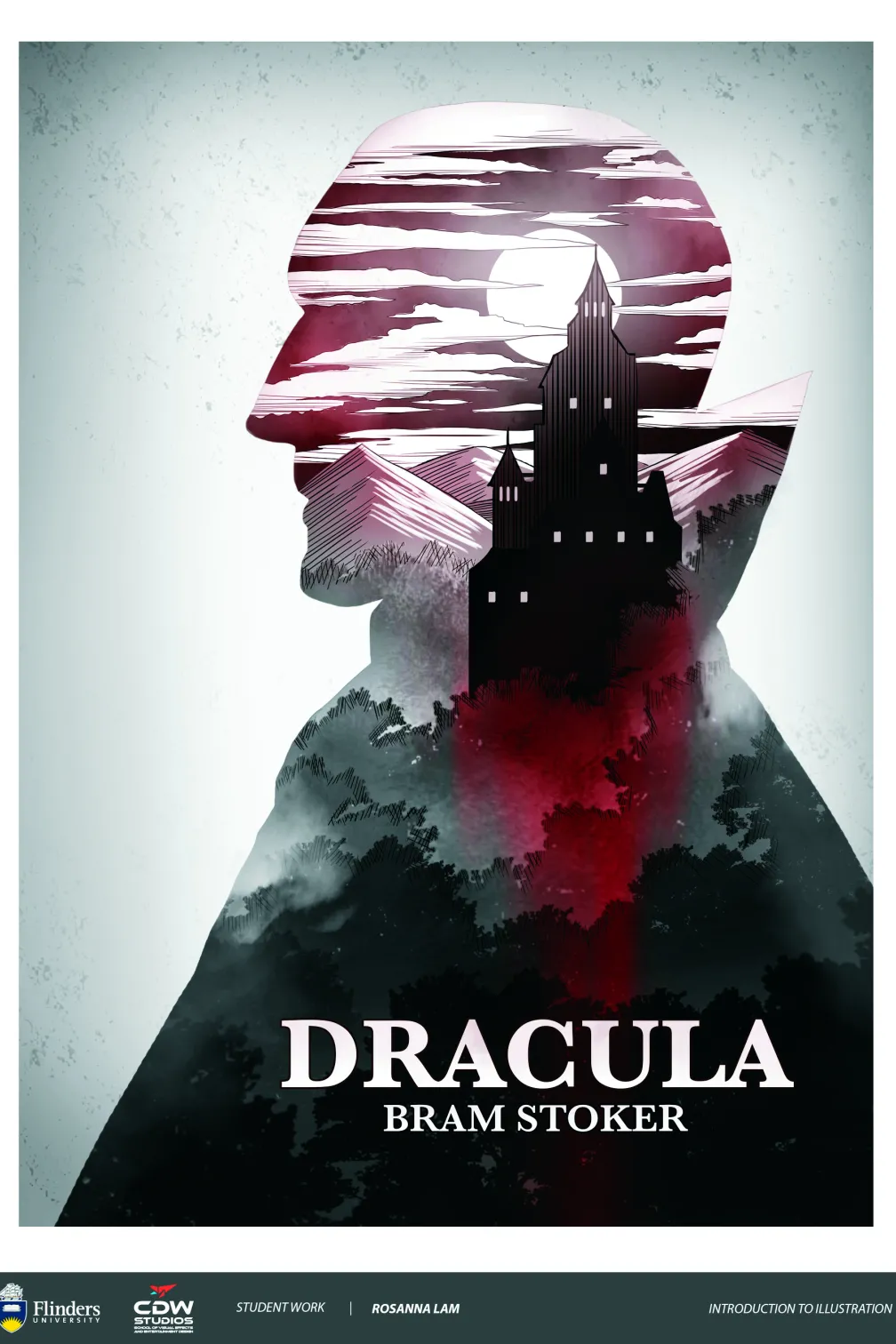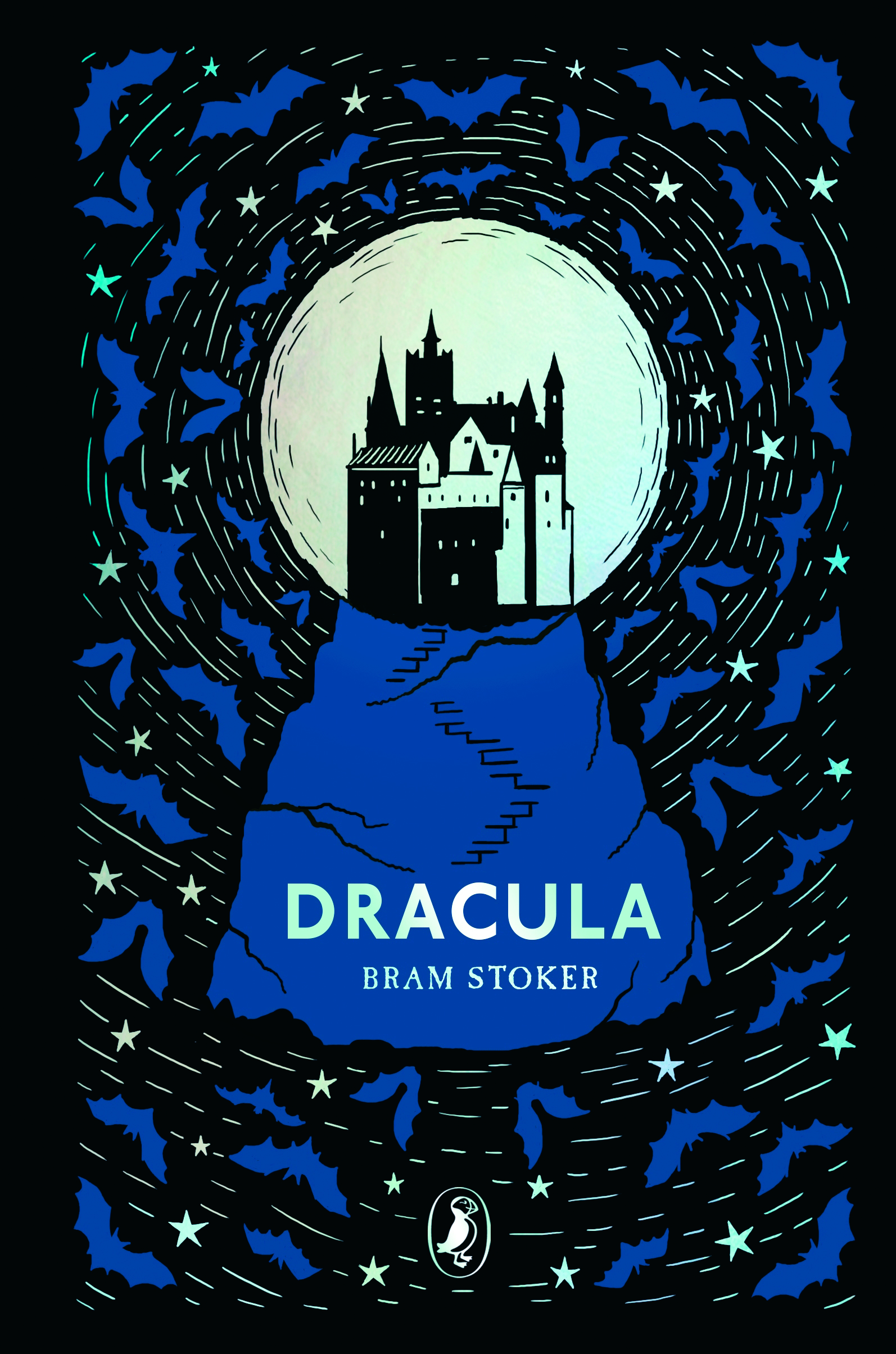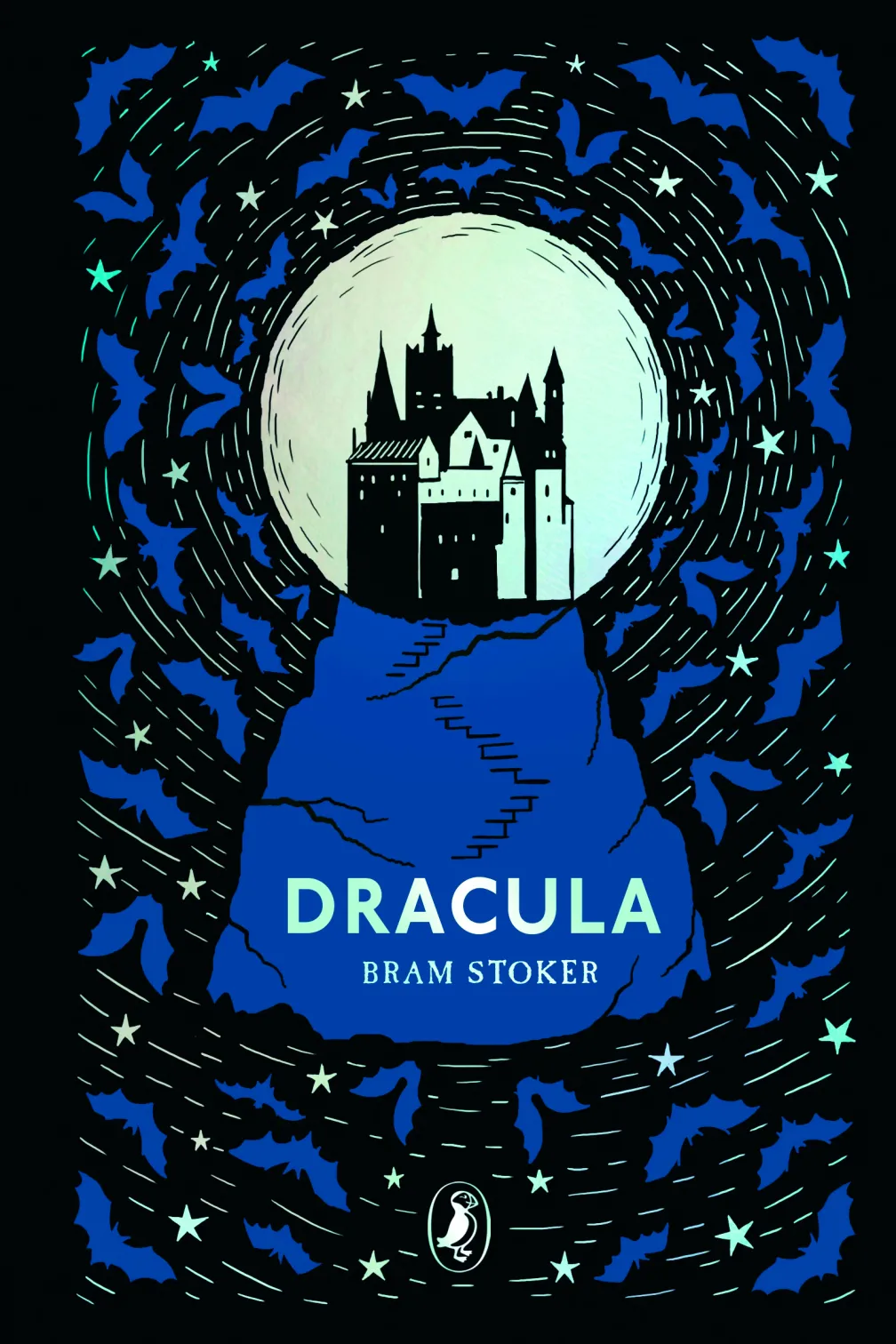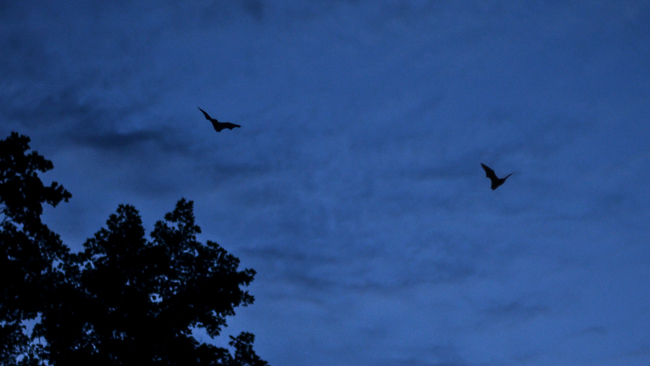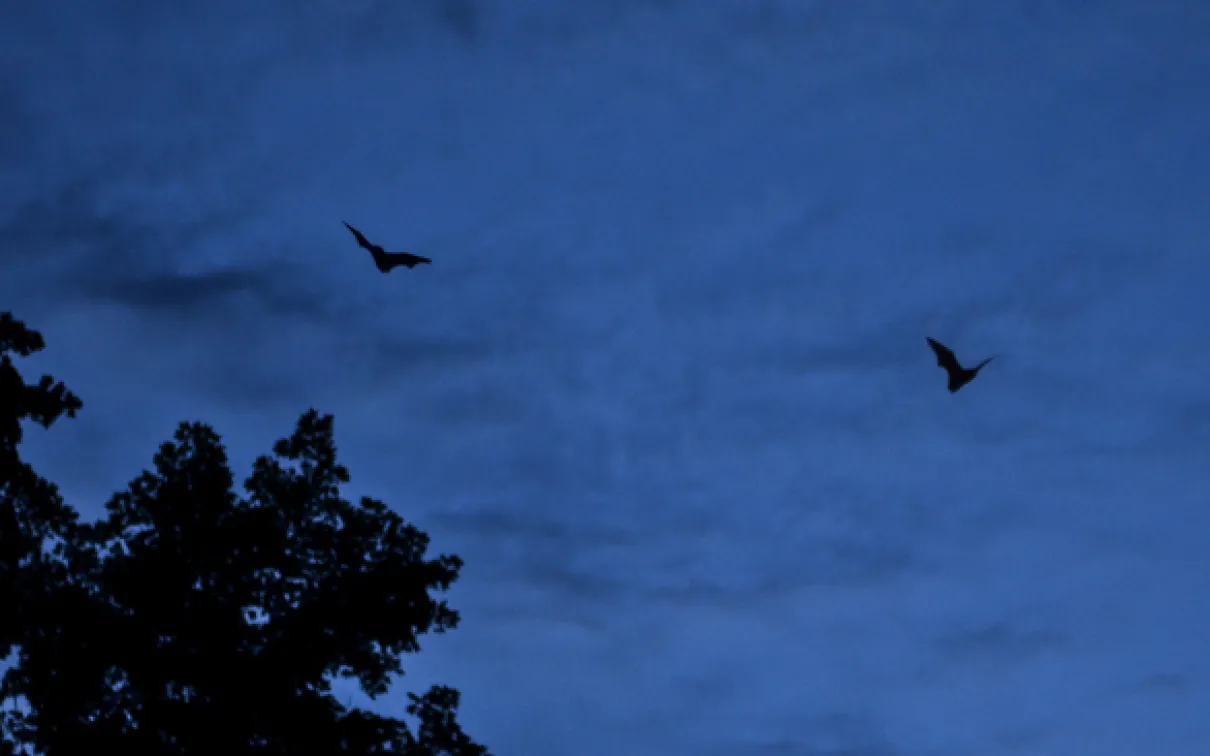Living Vampires
The vampire bat gets its name from shared traits with one of folklore’s most feared monsters
Published
Categories
Author
Vampire bats don’t eat solid food
Vampire bats don’t eat solid food, nor do they drink water. They live solely on blood—a feat that has earned them considerable notoriety. In Latin America, the home of vampire bats, they have been part of myths and religion for at least one thousand years.
In Mexico’s Classic Veracruz civilization, human sacrifice was an important ritual involving a bat god and performed by men wearing vampire-bat suits. Camazotz, the “death bat,” was a bat god in the Popol Vuh, a highland Mayan creation story about the underworld and the escapades of the Hero Twins in the House of Bats. Camazotz bites the head off one of the twins and uses it in a ball game.
Vampire bats are also a symbol of fertility and rebirth. In a creation myth from Costa Rica, the earth came to life after a vampire bat drank blood from a young jaguar; the nourishment of the blood made the first plants grow. In Brazilian folklore, the tobacco plant belongs to the vampire bats and anyone treating tobacco disrespectfully will instantly be turned into an otter.
Vampire bats were unknown in the Old World until Spanish conquistadors returned home and told about them. They had seen not only vampire bats but also natives dressed in bat cloaks, and stories of blood-sucking bats and bat myths quickly spread in Europe. Conrad Gessner, the father of modern zoology, was among the first to describe vampire bats in a scientific context in the 16th century, but bats were still considered birds at that time.
Two centuries later, when Carl von Linné set out to name all plants and animals, he gave several bat species the name “vampire”— especially ones he found big and scary. These included the large flying fox (Pteropus vampyrum), one of the world’s largest bats from Southeast Asia, and the great false vampire bat (Vampyrum spectrum) from the jungles of Latin America.
The vampire myth is much older than the knowledge of vampire bats among Europeans; in fact, it is about as old as human civilization. The oldest written evidence was found in Assyria in the form of a 4,000-year-old magic spell meant to protect children from the evil of vampires. But with few exceptions, early vampire stories have little to do with bats. In folklore, blood-sucking monsters could be anything from strange shadows and undead people to witches and wolves. It was not until the 19th century that bats and vampires became one.
Different editions of Bram Stoker’s Dracula including the first 1897 edition (top left).
Vampire stories became popular in European
Vampire stories became popular in European literature in the 19th century, starting with poems such as Robert Southey’s epic Thalaba the Destroyer (1801) and John Stagg’s “The Vampyre” (1810). In early stories, vampires had nothing to do with bats, but the two were merged in Arthur Young’s “Pepopukin in Corsica” (published in The Stanley Tales in 1826). Vampires got wings and could fly; they had become bats. The image of vampires as bats was strong and spread quickly through so-called penny dreadfuls—cheap, short-story literature. When Bram Stoker wrote his famous novel Dracula(1897), he is said to have had newspaper articles about vampire bats among his research notes. From that moment, bats and vampires have been almost synonymous.
Vampire bats—the real vampires—represent only three of the world’s 1,300 bat species, and live in caves or hollow trees in South and Central America. They are medium-sized, weighing 20–40 grams, and so are far smaller than most fictional vampires. Most Pre-Columbian bat depictions, such as Camazotz, resemble the leaf-nosed bats, close relatives of the vampires.
The three vampire species include the white-winged vampire bat (Diaemus youngi), the hairy-legged vampire bat (Diphylla ecaudata), and the common vampire bat (Desmodus rotundus). Generally, the first two species feed on bird blood, while common vampire bats prefer large mammals, such as domestic pigs, cattle, and an occasional human. How the blood-feeding evolved is unknown, but one possibility is that it originated in bats eating blood-filled ectoparasites, such as ticks, or insects found on wounds on large animals. With the expansion of rural areas, the abundance of vampire prey such as cows, pigs, and horses has increased, and the common vampire in particular has become common indeed. In turn, this led to rabies outbreaks spread among cattle by vampires. However, this problem has diminished considerably since many farm animals are now vaccinated against rabies.
Vampire bats have a special substance in their saliva called “draculin,” which now forms the active ingredient of a drug designed to dissolve blood clots.
Vampires leave the day roost
Vampires leave the day roost soon after dusk to go hunting. All senses are used on the hunt, including their ears, which help to detect and identify the breathing sounds of an animal in deep sleep. Vampires also possess a heat receptor, which is unique among mammals. It is located around the nose pad and helps the vampire to find a suitable vein to bite. When the vampire has located an animal target, it lands on the ground and approaches the animal by hopping along on its feet. It can also crawl along the underside of branches to reach the feet and legs of sleeping birds. The vampires have a very short tail membrane, which facilitates terrestrial movements such as running and climbing.
After climbing the prey, the bat cuts away some fur and bites a 3-4 mm hole in the skin with its razor-sharp front teeth and starts licking. Grooves on the underside of the tongue facilitate the ingestion. Also, to thin the blood and promote flow, vampire bats have a special substance in their saliva called “draculin,” which now forms the active ingredient of a drug designed to dissolve blood clots. Normally, its victim notices nothing and continues sleeping, which is fortunate for the bat as it can take nearly 20 minutes to ingest the two tablespoons of blood its stomach can hold. Blood consists mainly of water, and almost directly after settling down to drink, the vampire bat starts to urinate, ridding itself of unnecessary weight and maximizing its nutrient intake.
After feeding
After feeding, the vampire bat has added as much as 60 percent of its weight in blood. To be able to take to the air, it pushes off with its well-developed thumbs and feet and flies back to its colony to settle down and digest. Vampire bats do not need to feed more than once every night but cannot live more than a few days without a blood meal. A well-developed, altruistic social structure is vital to their survival. Bats returning home after a successful hunt share their food with their less successful fellows by regurgitating some of the blood. Their generosity is then rewarded the next time they are in need.
A well-developed, altruistic social structure is vital to the vampires’ survival.
Consequently, they keep a close eye
Consequently, they keep a close eye on each other, making mental notes of the sharing members of the colony while ostracizing the selfish. Like many other bats, vampires can reach an age of 20 years or more in the wild, and colonies—mainly one male and several females with pups—stick together for many years and regularly engage in grooming and chit-chatting. They may also hunt together, feeding in the same area or sometimes even from the same wound. Also, young vampires are cared for longer than other bats—up to nine months—probably due to the high risks of blood feeding.
Ever since their discovery and the vampire boom in Europe, bats in the shape of vampire monsters have been a crucial part of Halloween, horror movies, and gothic literature. Although vampire bats—at least the common vampire bat—are among the most well-studied bats, we have still much to
learn. Their intriguing social structure, specialized senses, and above all, their ability to feed solely on blood, continues to trigger our collective imagination.
Bats as Charms, Cures, and Curses
Starting in the Middle Ages, the Catholic Church associated bats with the Devil, and during the Renaissance, carved and artistically rendered bats symbolized melancholy and intellectual darkness. In many parts of the world, bats are associated with ghosts, souls, and even dreams, and in folklore they are used in potions and spells. In China, bats are good-luck charms. In Scandinavian mythology, bats produce only three drops of blood, but these precious drops possess magic properties beneficial in matters such as love affairs, hunting, and fishing. Bats are also incorporated in traditional medicine; in China and Europe, their blood and droppings have been used to treat everything from colds to blindness.
Johan Eklöf
Johan Eklöf, a Swedish bat scientist and writer, working with conservation, research and communication. He has written fictional as well as nonfictional books on bats, animal evolution, and everyday life. Currently he spends his time hunting the secrets of darkness.
Jens Rydell is a Swedish scientist and nature photographer, working with bat ecology and conservation at Lund University. Jens has worked with bats and insects for 40 years, recently focusing on on the effects of wind power and artificial lighting.

